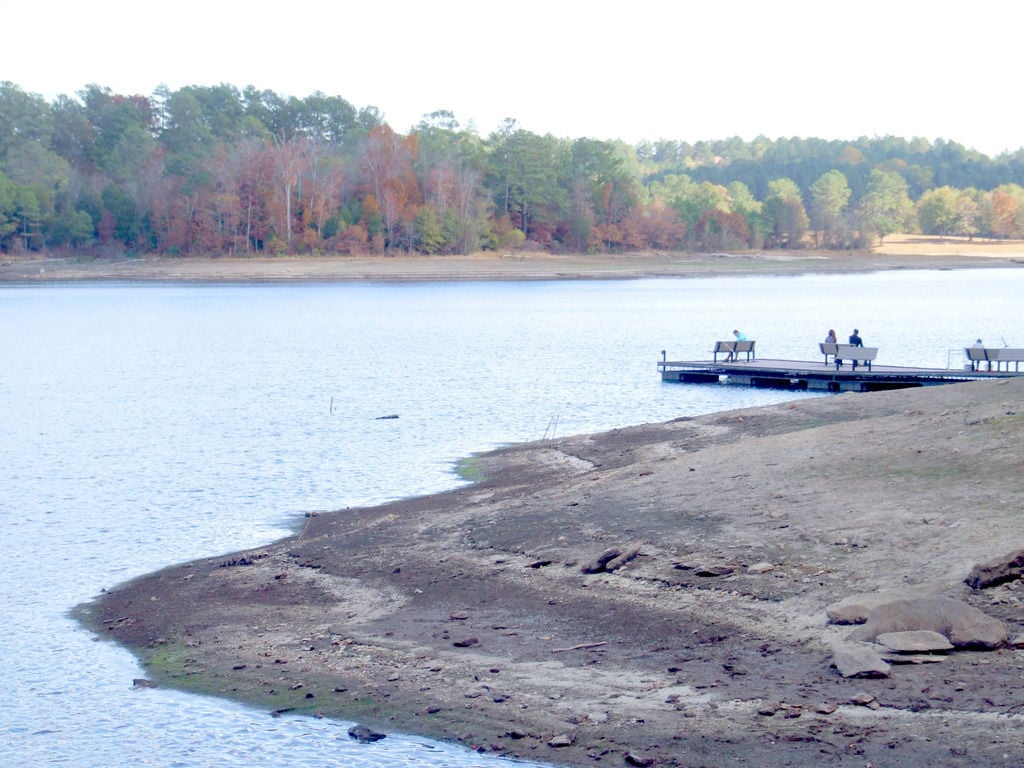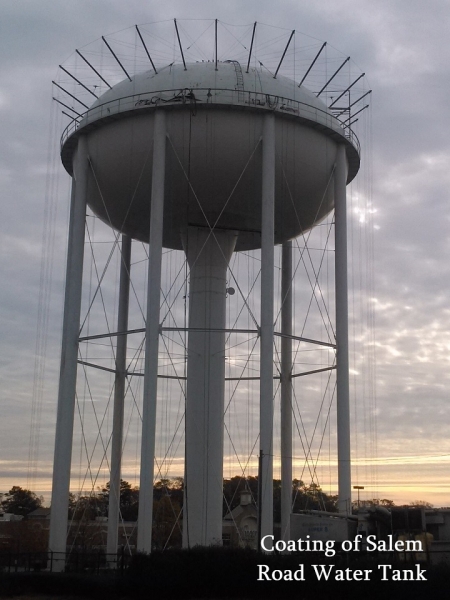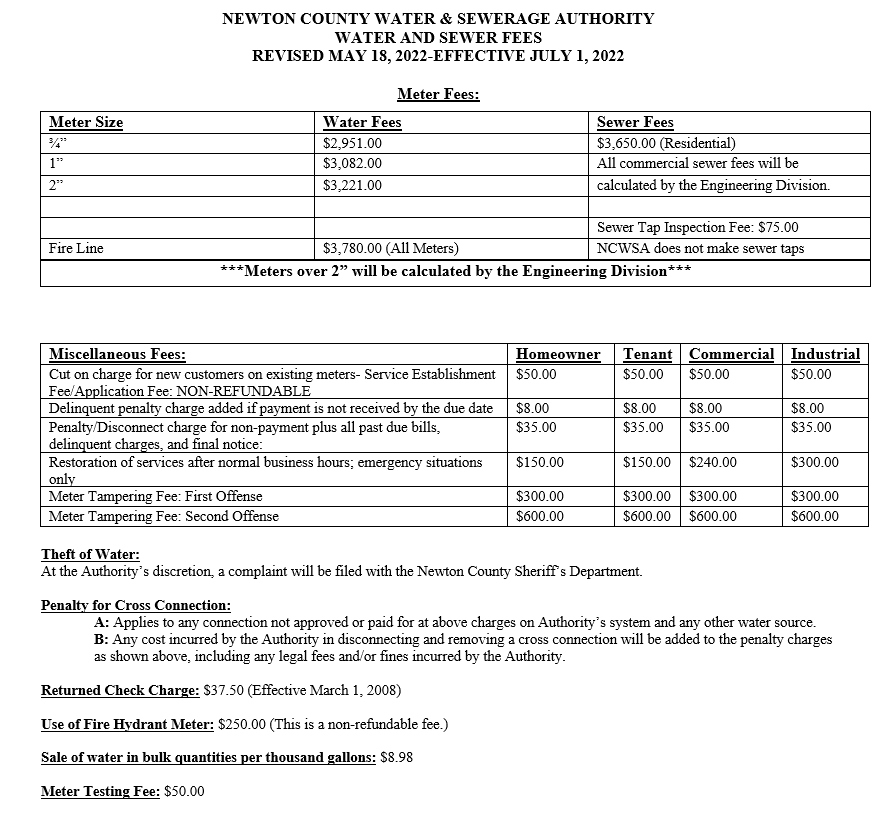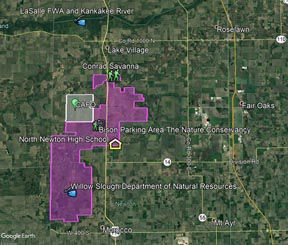
The population increased further when David Campbell discovered the first lead deposits and opened a commercial mine in 1849. By 1840, the population reached over 3,700 people. Aside from eastern states and other areas in Missouri, a small number of settlers also came from Ireland, Germany, France, Canada, Scotland, Sweden, Norway, England, and Wales. These were Benton, Marion, Shoal Creek, Sugar Creek, Mosely (later Sarcoxie), and Elk River townships. Several townships were established by April, 1839. The name came from the Native American phrase “ne-o-zho,” which translates roughly to “clear and abundant water.” The first session of the county court was held at prominent resident John Reed’s home. Men from surrounding counties-John William of Taney County, James Williams of Barry County, and Chesley Cannifax of Greene County-named the county seat at Neosho. The county was officially established on December 13, 1838. The Osage had nothing to hunt in the west, so returned to their former territory and raided settlers’ crops and livestock, but showed no violence toward the settlers themselves. Rountree immigrated to the area in 1831 from Tennessee and raised cattle, horses, and mules. Henderson, Job Ratcliff, Hiram Estes, Hugh Shannon, John Plummer, George McInturf, Joseph Ross, Nathaniel Turner, and John Smith shortly followed the Oliver family.

The first white settlement was in 1830 by Colonel Lunsford Oliver and his family, after the Osage Indians were removed west in the 1820s.

Newton County also has abundant prairie lands and mineral springs. Newton County also contains several mineral resources, including lead, limestone, zinc, iron, copper, and calamine. The soil is conducive for growing wheat, rye, oats, and corn as well as peaches, plums, apples, pears, grapes, and cherries. Timber resources include oak, walnut, ash, hickory, elm, and maple. Newton County, Missouri contains numerous fresh water sources, including Shoal Creek, School Creek, Indian Creek, Buffalo Creek, Lost Creek, Little Lost Creek, and Hickory Creek. Image courtesy of Wilson’s Creek National Battlefield This storm tracker contains data from 1851.-The Battle of Shoal Creek, Dec. Storm Tracker and Model MixerĪ hurricane watcher's guide to the latest track and model forecasts. The Air Quality Index (AQI) translates air quality data into numbers and colors that help people understand when to take action to protect their health. See a map of wildfires since 2017 Air Quality Index (AQI) Forecasts and Current Conditions Wildfire and Smoke Trackerįire data is updated hourly based upon input from incident intelligence sources, GPS data, infrared (IR) imagery from fixed wing and satellite platforms. 30 Drought Monitor and Historyĭata shows the location and intensity of drought across the country. Maximum heat index forecast for next 7 days. Weather Prediction Center forecasts the probability that rainfall will exceed flash flood guidance within 25 miles of a point. Real-time Streamflow Map: River Water LevelĬurrent data typically are recorded at 15- to 60-minute intervals. For more recent tornadoes, clicking deeper provides more details, damage estimates and whether someone was injured or killed in the storm. This interactive map, which contains data from January 1950, pinpoints where a cyclone touched down and traces its path of destruction. A history of twisters: Tornadoes in Florida since 1950s

Rolling Storm Damage ReportsĪs storms strike, this interactive map is your guide to impacts and damage reports coming into National Weather Service stations nationwide.
#LEAD IN NEWTON COUNTY WATER UPDATE#
It will automatically update every 15 minutes. People should have a plan of action in case a storm threatens and they should listen for later information and possible warnings especially when planning travel or outdoor activities.Īs severe weather or blizzards threaten, this database scrapes power outage information from more than 1,000 companies nationwide. A watch means that hazardous weather is possible. It is intended to provide enough lead time so those who need to set their plans in motion can do so. Advisories are for less serious conditions than warnings, that cause significant inconvenience and if caution is not exercised, could lead to situations that may threaten life or property.Ī watch is used when the risk of a hazardous weather or hydrologic event has increased significantly, but its occurrence, location or timing is still uncertain. People in the path of the storm need to take protective action.Īn advisory is issued when a hazardous weather or hydrologic event is occurring, imminent or likely.

A warning means weather conditions pose a threat to life or property. A warning is issued when a hazardous weather or hydrologic event is occurring, imminent or likely.


 0 kommentar(er)
0 kommentar(er)
